News
What Is The Purpose of Backlight on An Lcd Screen?
What Is The Purpose of Backlight on An Lcd Screen?
Content Menu
● LED Backlight Configurations
● The Role of Backlight in Image Quality
● Backlight Control Techniques
● LCD vs. Other Display Technologies
● The Future of LCD Backlights
>> 1. What is the difference between LED and LCD?
>> 2. What is local dimming and how does it improve image quality?
>> 3. What are the advantages of OLED over LCD?
>> 4. How does backlight technology affect energy consumption in LCD?
>> 5. What is the purpose of a diffuser in an LCD backlight?
Introduction
DINGTouch:Liquid Crystal Display (LCD) have become the dominant display technology in the modern world. From smartphones to televisions, computer monitors to car infotainment systems, LCD are everywhere. You may have noticed devices marketed as "LED" actually use LCD technology. While LCD are effective in creating displays, they rely on a crucial component: the backlight. This article delves into why LCD need backlights, the different types of backlights, and their impact on display quality.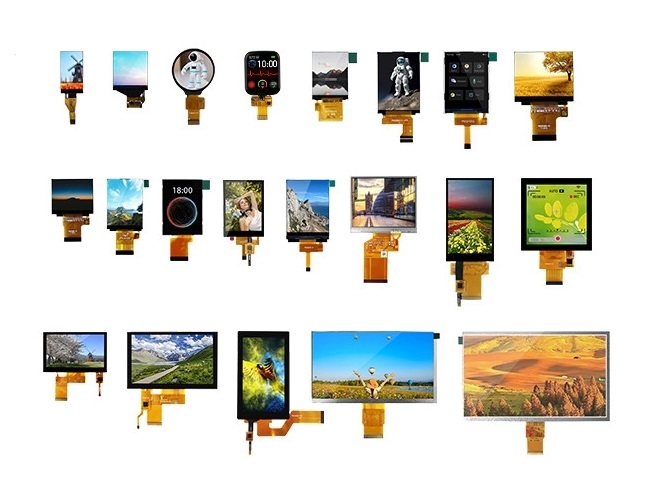
Understanding Backlights
The term "backlight" refers to an illumination system used in a display device. Backlights are positioned behind the display layer to illuminate it[1]. Without a backlight, an LCD would appear dark and unviewable.
Not all display technologies require a backlight. For instance, Cathode Ray Tube (CRT) displays produce their own illumination. CRT was once the leading display technology, but LCD has surpassed it in recent years.
Why LCD Need Backlights
Unlike CRT displays, LCD cannot produce their own light. LCD use liquid crystals, which are organic materials. These liquid crystals don't illuminate; they need illumination from an external source—the backlight. The backlight is essential; without it, the LCD screen would remain black.
Types of LCD Backlights
Backlights illuminate display devices, but they achieve this in different ways. Common types of backlights used in LCD include:
- LED (Light-Emitting Diode): LED backlighting is popular for small LCD panels due to the small size of LED. They are energy-efficient, have a long lifespan, and offer high brightness.
- CCFL (Cold Cathode Fluorescent Lamp): CCFL are a cost-effective option often used in graphic display. They provide a bright white light and consume low power.
- EL (Electroluminescent): EL panels consist of multiple material layers that emit light when an electric current is applied. They consume low power and produce no heat.
- Fiber Optic: Fiber optic backlights use woven fiber optic sheets bundled to an LED or halogen light source. They offer uniform brightness and are suitable for custom display shapes.
- WLED (White LED): A white LED is used as the backlight source.
- WLED Array: An array of white LED is used for backlighting.
- RGB-LED: Red, Green, and Blue LED are used to create a full spectrum of colors.

LED Backlight Configurations
LED backlights come in two main configurations:
- Direct LED: LED are placed directly behind the LCD panel, evenly distributing light across the screen. This provides uniform backlighting, enhanced contrast, and high brightness. Direct LED supports local dimming, which enhances contrast and black levels.
- Edge LED: LED are mounted along one edge of the light box, resulting in a thinner design. Edge-lit configurations use fewer LED and consume less power than direct LED.
The Role of Backlight in Image Quality
The backlight significantly affects the display brightness, contrast, color performance, and energy consumption. A good backlight ensures that the display is visible in various lighting conditions and that colors are accurately reproduced.
- Brightness: The backlight determines the maximum brightness of the display. Higher brightness is essential for outdoor visibility and HDR (High Dynamic Range) content.
- Contrast: Backlights supporting local dimming improve contrast by dimming or turning off specific areas of the backlight. This results in deeper blacks and brighter whites.
- Color Performance: The type of backlight influences the color gamut of the display. RGB-LED backlights offer a wider color gamut than white LED backlights.
- Energy Consumption: The backlight is one of the most power-hungry components in an LCD. LED backlights are more energy-efficient than CCFL backlights.
Backlight Control Techniques
Several techniques are used to control the backlight and improve image quality and energy efficiency:
- Frame Dimming: Adjusts the brightness of the entire backlight based on the content displayed.
- Local Dimming: Individually controls multiple zones of the backlight. This enhances dynamic contrast ratios but may reduce detail in small, bright objects on dark backgrounds.
LCD vs. Other Display Technologies
It's important to distinguish LCD from other display technologies like OLED (Organic Light Emitting Diode) and Plasma:
- OLED: OLED display do not require a backlight because each pixel emits its own light[5]. This results in perfect blacks, high contrast, and wide viewing angles.
- Plasma: Plasma displays also do not require a backlight. They use small cells containing ionized gas to produce light. Plasma displays offer high contrast ratios and wide viewing angles but are less energy-efficient than LCD.

The Future of LCD Backlights
Backlight technology continues to evolve. Researchers are exploring new materials and techniques to improve the efficiency, brightness, and color performance of LCD backlights. Quantum dot technology, for example, is being used to enhance the color gamut of LED backlights.
Conclusion
In summary, the backlight is a fundamental component of LCD screen. It provides the necessary illumination for the liquid crystals to create a visible image[1]. Different types of backlights, such as LED, CCFL, and EL, offer various advantages and disadvantages in terms of brightness, contrast, energy efficiency, and cost. As display technology advances, backlights will continue to play a crucial role in enhancing the viewing experience on LCD screen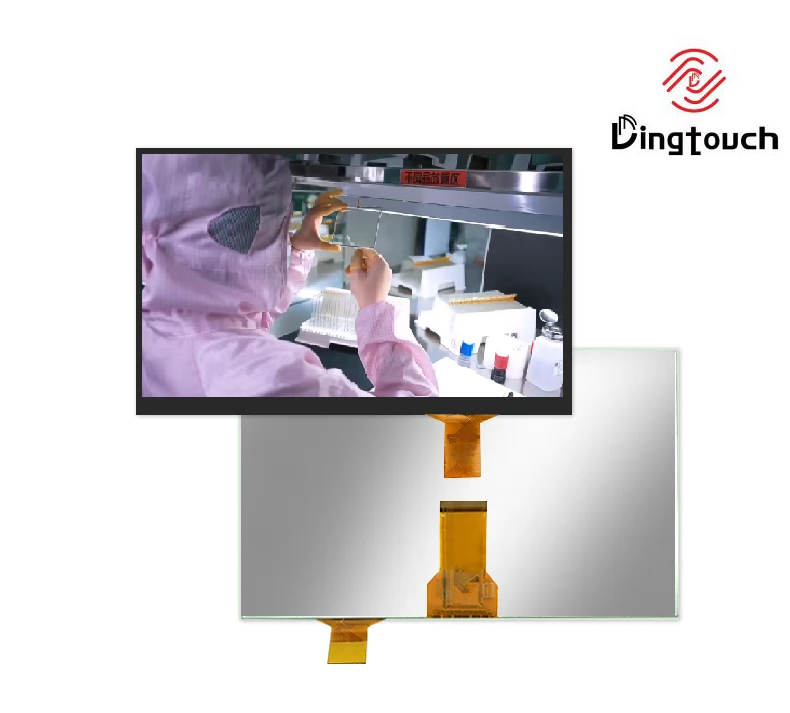 .
.
Related Questions
1. What is the difference between LED and LCD?
LED (Light Emitting Diode) is a type of backlight used in LCD (Liquid Crystal Display) screen. LCD require a backlight to produce a visible image, and LED are often used for this purpose due to their energy efficiency and brightness. So, an LED TV is actually an LCD TV that uses LED as its backlight.
2. What is local dimming and how does it improve image quality?
Local dimming is a technique used in LED backlights where multiple zones of LED can be individually controlled. This allows the display to dim the backlight in dark areas of the screen and brighten it in bright areas, resulting in improved contrast and black levels. However, it may also reduce detail in small, bright objects on a dark background.
3. What are the advantages of OLED over LCD?
OLED (Organic Light Emitting Diode) display do not require a backlight because each pixel emits its own light. This results in several advantages over LCD, including perfect blacks, higher contrast ratios, wider viewing angles, and faster response times.
4. How does backlight technology affect energy consumption in LCD?
The backlight is one of the most power-hungry components in an LCD. Different backlight technologies have varying energy efficiencies. LED backlights are generally more energy-efficient than CCFL backlights. Additionally, techniques like frame dimming and local dimming can help reduce energy consumption by dynamically adjusting the brightness of the backlight.
5. What is the purpose of a diffuser in an LCD backlight?
A diffuser is a component used in LCD backlights to evenly distribute the light from the light source (e.g., LED or CCFL) across the display panel. This helps to ensure uniform brightness and prevent hotspots or dark areas on the screen.
DINGTouch :Committed to continuous innovation and improvement of product quality to meet customers' high requirements and expectations.
DINGTouch is a manufacturer that provides high quality touch screen panels. Focus on the design, manufacturing and sales of touch screen panels, and are committed to providing customized solutions that satisfy customers.
DINGTouch: In the process of customizing touch screen panels, we focus on close cooperation and communication with customers. Understanding customers' needs and providing customized solutions will meet customers' individual needs. The company's products are favored by customers for their high quality and reliability, and provide them with the best touchscreen panel solutions.
DINGTouch :Committed to continuous innovation and improvement of product quality to meet customers' high requirements and expectations.
DINGTouch is a manufacturer that provides high quality touch screen panels. Focus on the design, manufacturing and sales of touch screen panels, and are committed to providing customized solutions that satisfy customers.
DINGTouch: In the process of customizing touch screen panels, we focus on close cooperation and communication with customers. Understanding customers' needs and providing customized solutions will meet customers' individual needs. The company's products are favored by customers for their high quality and reliability, and provide them with the best touchscreen panel solutions.
At DINGTOUCH, we are the world's leading touchscreen manufacturer, helping businesses around the world take advantage of this exciting technology. For more information, please visit the home page now.
Find the DINGTouch technical team to achieve the success of your company's new project.
DINGTouch is a company specializing in the R&D and production of touch screen technology, headquartered in Shenzhen, China. As a professional touch screen supplier, DINGTouch is committed to providing high-quality, stable and reliable touch screen products to meet the diverse needs of customers. We continue to carry out technological innovation and product optimization to ensure that its touch screen products have good sensitivity, accuracy and durability.
In addition to the products themselves, we also focus on cooperation and communication with customers, and are committed to providing customized solutions and excellent after-sales services. Through continuous efforts to improve product quality and customer satisfaction, we have established a good reputation in the touchscreen industry and won widespread market recognition.
In addition to the products themselves, we also focus on cooperation and communication with customers, and are committed to providing customized solutions and excellent after-sales services. Through continuous efforts to improve product quality and customer satisfaction, we have established a good reputation in the touchscreen industry and won widespread market recognition.
What DINGTOUCH can do:
• PCAP maximum size 65”
• Multi-touch (Touch screen can be customized to your needs.)
• Optical bonding service/air bonding
• LCD interface: HDMI/RGB/MIPI/LVDS/EDP, etc.
• PCAP interface: IIC/USB interface
• CTP can customize the cover glass surface treatment process AG (anti-glare), AR (anti-reflection), AF (anti-fingerprint), waterproof, and glove touch
• Supports 0.55 mm-12 mm coverslip touch.
• Support operating temperature: -40℃-90℃.
Dingtouch Industrial Capacitive Touch Screen Manufacturer
In conclusion, Dingtouch as a professional touch screen manufacturer with more than 10 years touch screen experience.We have many capacitive touch screen. Such as5 inch touch screen,7 inch touch screen,10.1inch touch screen,15 inch touch screen,15.6 inch touch screen,17 inch touch screen,18.5 inch touch screen,19 inch touch screen,21.5 inch touch screen,32 inch touch screen, However, we also welcome to customize your own touch screen . Contact our team today to learn what capacitive touch screen are best for our retail business needs.
Contact us NOW! sales@szdingtouch.com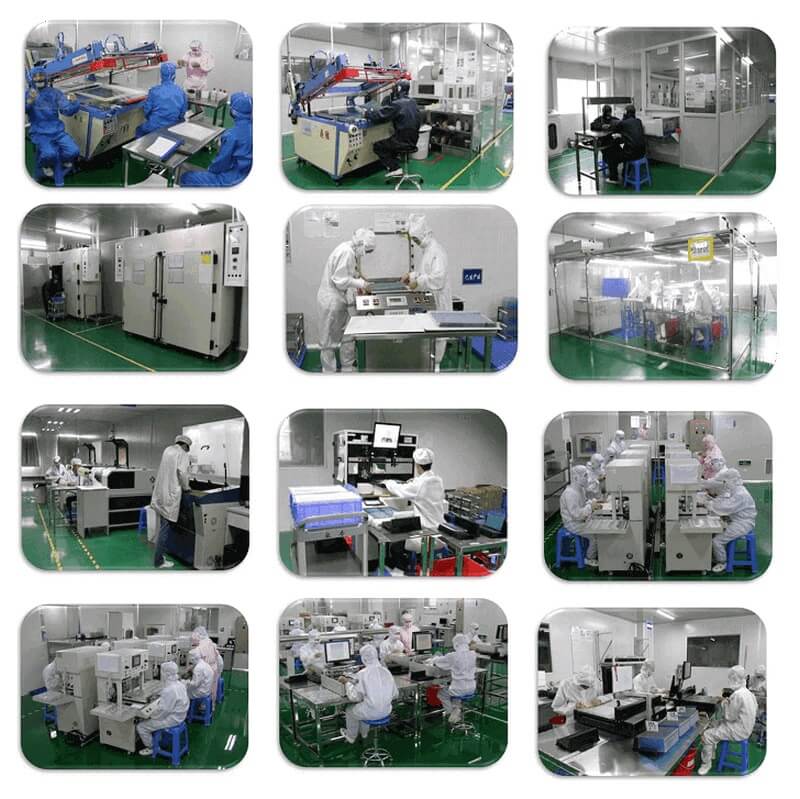
CATEGORIES
CONTACT US
Contact: Dingtouch
Phone: +8615815536116
Tel: +8615815536116
Email: sales@szdingtouch.com
Add: Building A, Bailu Plaza, No. 48, Gonghe Industrial Road, Gongle Community, Xixiang Street, Baoan District, Shenzhen,China. 518126
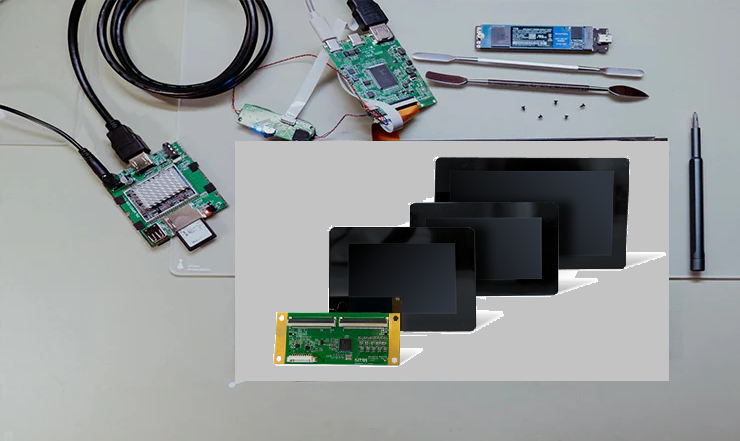
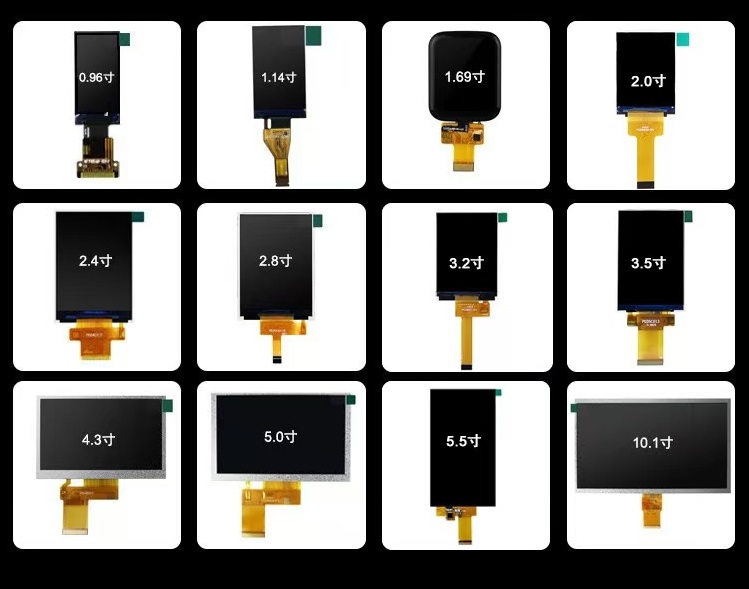
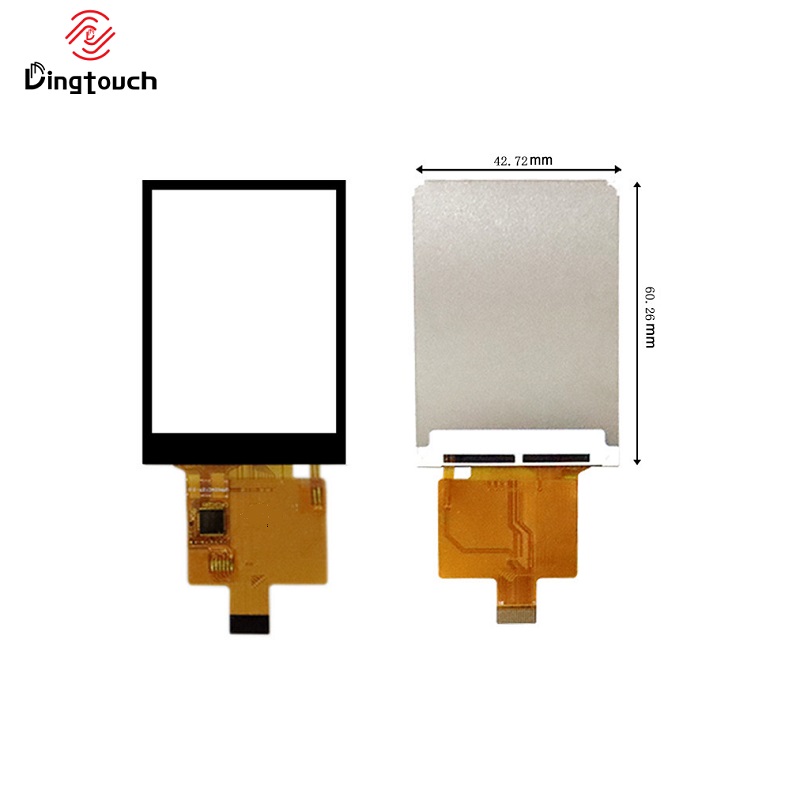
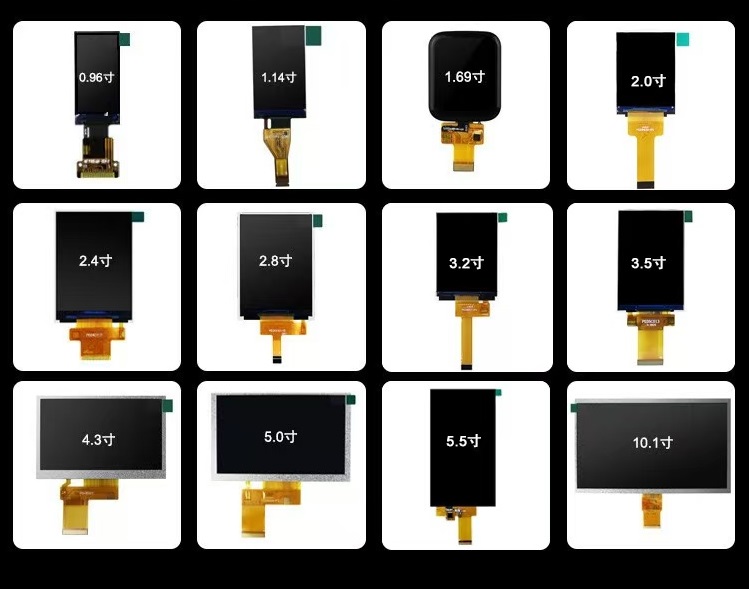
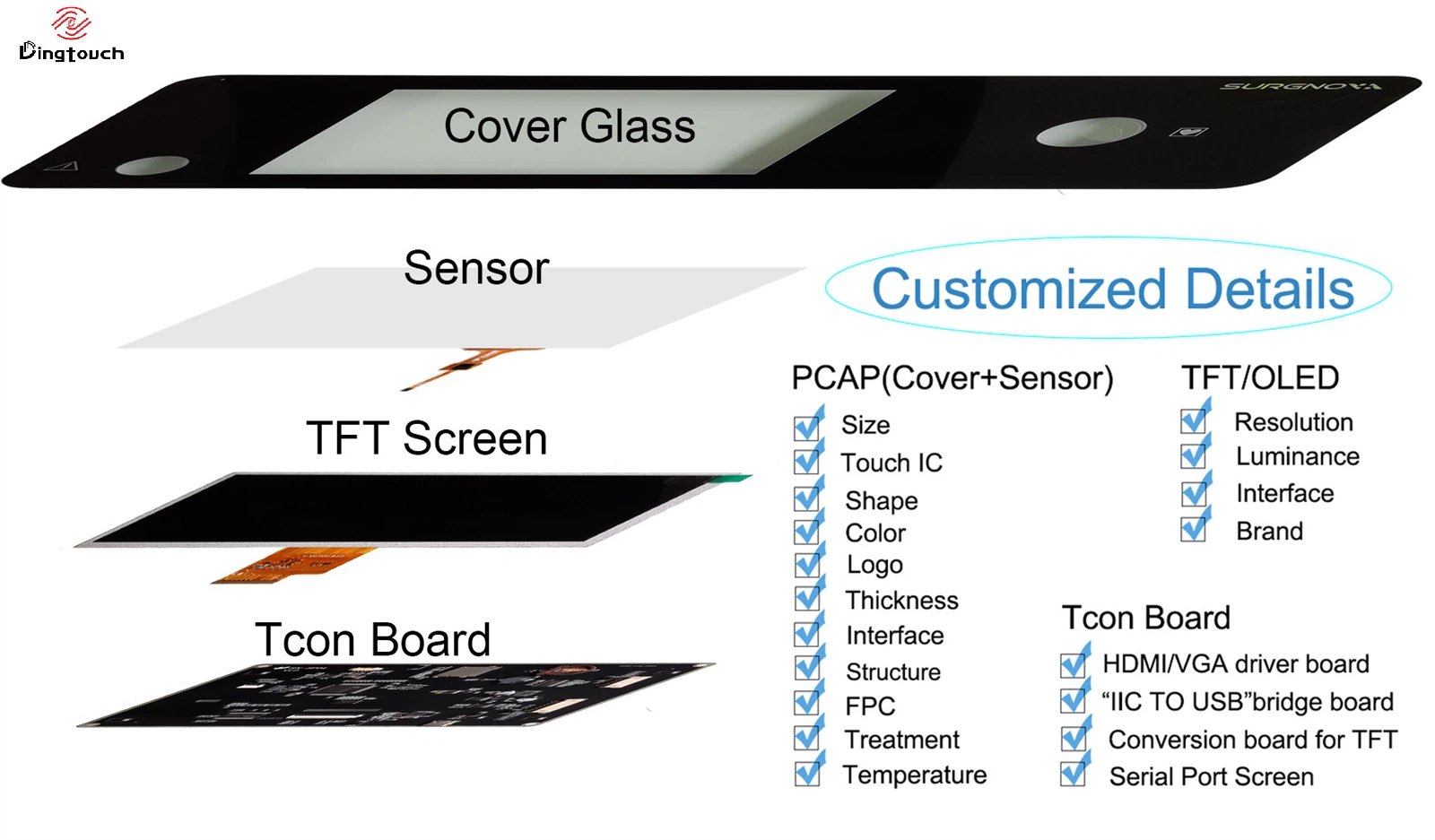
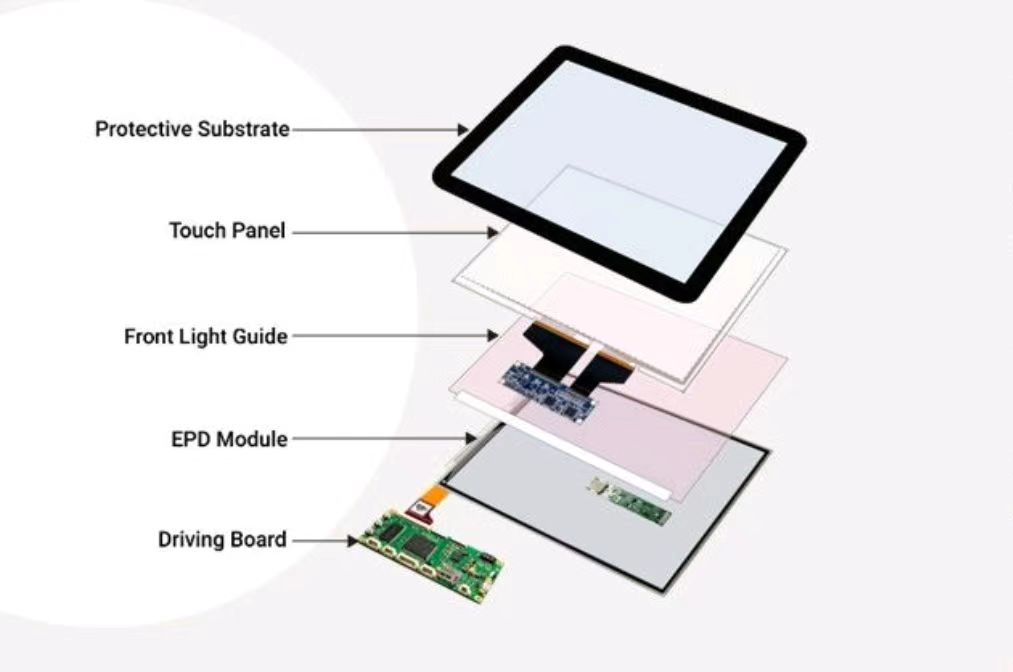


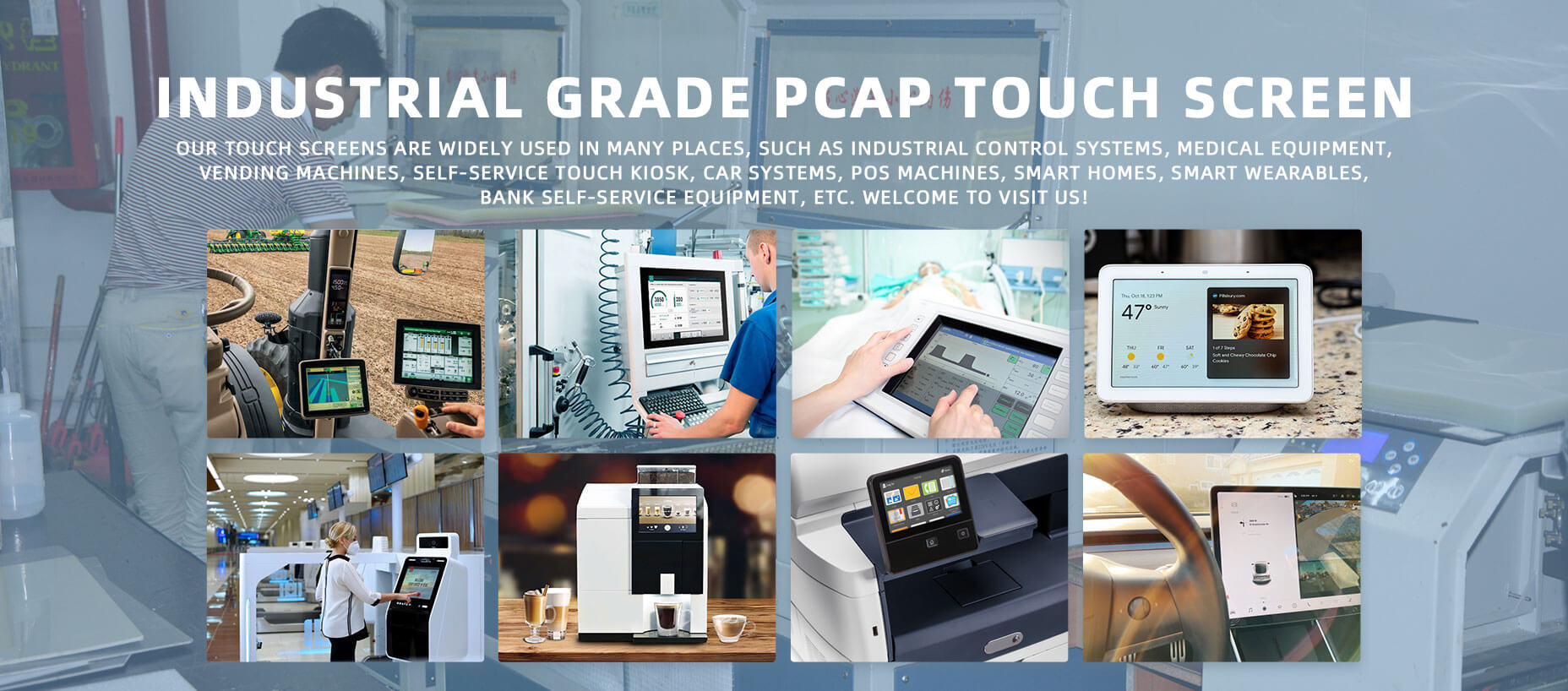
 Dingtouch
Dingtouch